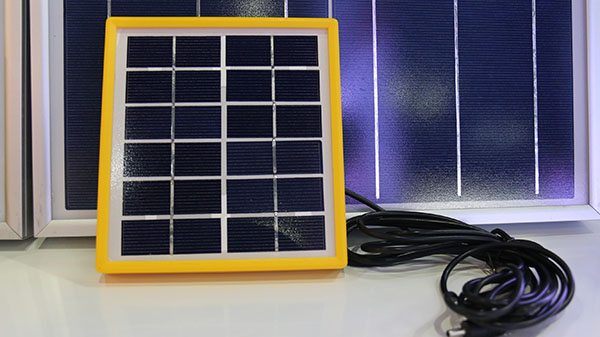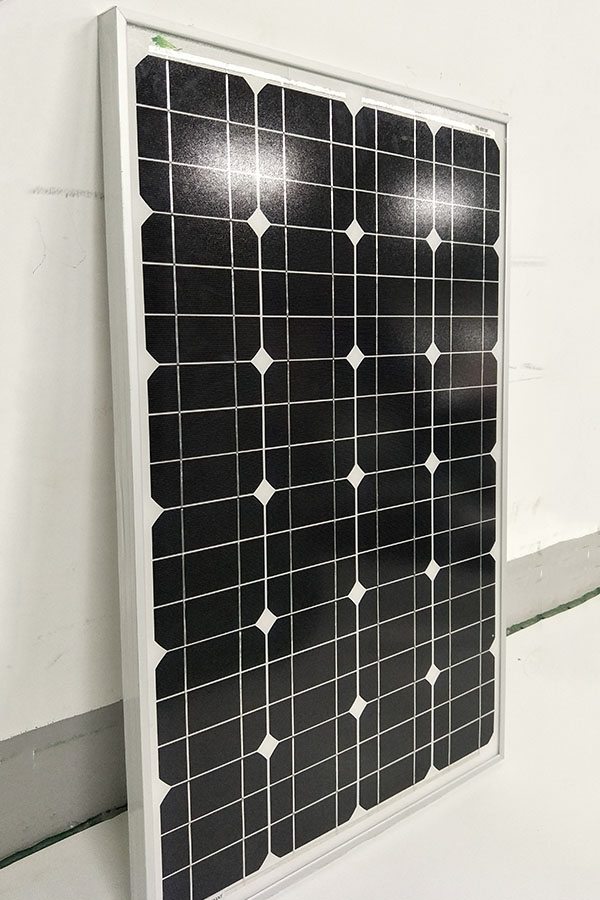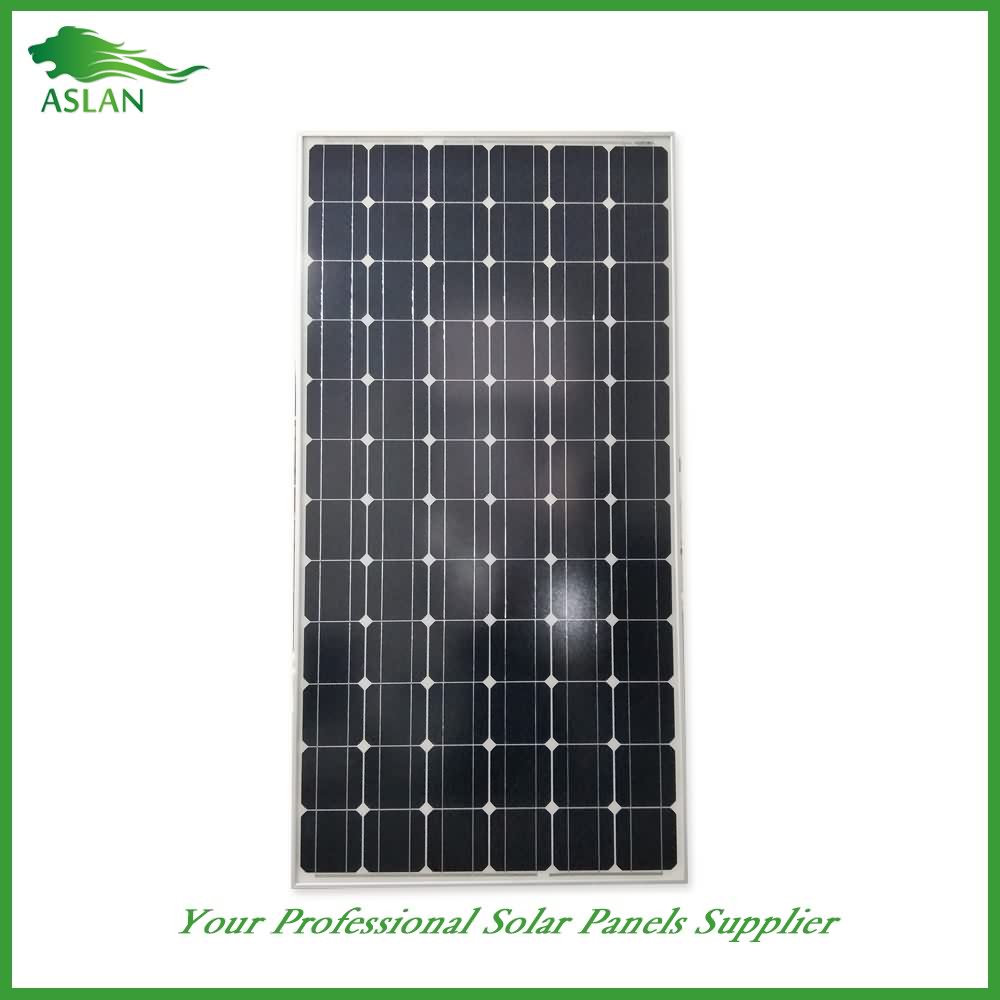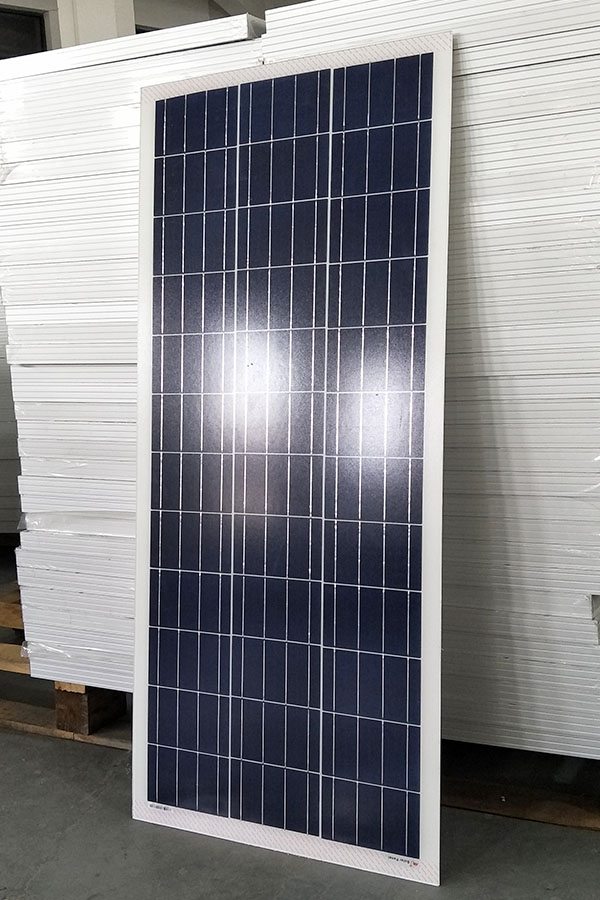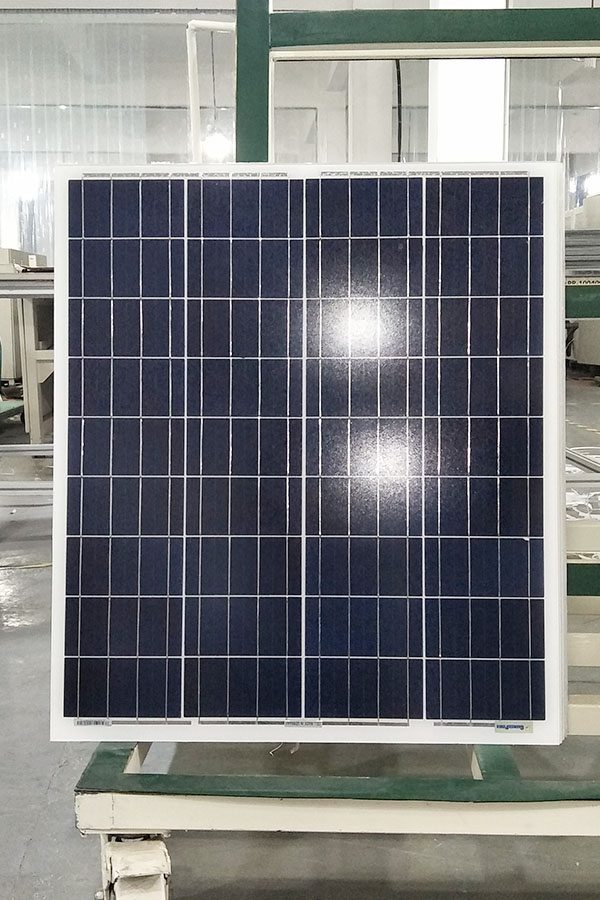25 Years Factory Poly-crystalline Solar Panel 2W Factory from Porto
Short Description:
Our commission is to serve our users and clients with best quality and competitive portable digital products for 25 Years Factory Poly-crystalline Solar Panel 2W Factory from Porto, We look forward to supplying you with our products in the near future, and you will find our quotation is very reasonable and the quality of our products is very excellent!
Poly-crystalline Solar Panel 2W
Technical parameter
Maximum Power(W) 2W
Optimum Power Voltage(Vmp) 6V
Optimum Operating Current(Imp) 0.34A
Open Circuit Voltage(Voc) 7.2V
Short Circuit Current(Isc) 0.37A
Mechanical Characteristics
Cell Type Polycrystalline
No of Cell 12 (2x6pcs)
Dimensions 145x145x18mm
Weight 0.4KGS
Front Glass 3.2mm, High Transmission, Low iron, tempered Glass
Temperature and Coefficients
Operating Temperature(°C): -40°C ~ + 85°C
Maximum System Voltage: 600V(UL)/1000V(IEC) DC
Maximum Rated Current Series: 10A
Temperature Coefficients of Pmax: -0.435%
Temperature Coefficients of Voc: -0.35%
Temperature Coefficients of Isc: 0.043%
Nominal Operating Cell Temperature (NOCT): 47+/-2°C
Materials of solar panel
1).Solar Cell——Polycrystalline solar cell 156*156mm
2).Front Glass——-3.2mm, high transmission, low iron, tempered glass
3).EVA——-excellent anti-aging EVA
4).TPT——-TPT hot seal made of flame resistance
5).Frame——anodized aluminum profile
6).Junction Box——-IP65 rated, high quality, with diode protection
Superiority: high quality anodized aluminum frame, high efficiency long life, easy installation, strong wind resistance, strong hail resistance.
Features
1. High cell efficiency with quality silicon materials for long term output stability
2. Strictly quality control ensure the stability and reliability, totally 23 QC procedures
3. High transmittance low iron tempered glass with enhanced stiffness and impact resistance
4. Both Poly-crystalline and Mono-crystalline
5. Excellent performance in harsh weather
6. Outstanding electrical performance under high temperature and low irradiance
Quality assurance testing
Thermal cycling test
Thermal shock test
Thermal/Freezing and high humidity cycling test
Electrical isolation test
Hail impact test
Mechanical, wind and twist loading test
Salt mist test
Light and water-exposure test
Moist carbon dioxide/sulphur dioxide
In this video, we’ll look at how to size a solar panel array to power that charge controller.
From the previous example, we decided a 40 amp charge controller was needed to charge our 400 amp-hour battery bank. So you need solar panels capable of putting out 40 amps of current for that charge controller. Simple, but panels are not rated in amps.
Yes, they will have short circuit (Isc) and maximum power (Imp) current ratings as well as open circuit (Voc) and maximum power (Vmp) type of voltage ratings. But unless those voltages exactly match your battery charging voltage, they are not the right numbers to use.
Instead, a decent Maximum Power Point Tracking (or MPPT) charge controller will include a DC-DC converter inside and be able to take the volts x amps at the panel(s) and transform those to volts x amps at the battery terminals.
The big consideration with the panel specs is that the maximum open circuit voltage of the panel(s) does not exceed the maximum operating voltage of the charge controller. In my system, the charge controller is rated for up to 100V, so I could have perhaps 2 of my 24V panels (60 cell) in series, since they have a Voc of 38.5 volts, 2 x 38.5 = 77V, so I would be under the 100V rating. 3 panels in series would push me over 100V. I run all my panels in parallel, so 38.5V is the maximum the controller will see. I do have 2 pair of smaller 12V panels in my system, but I have each pair wired in series, effectively producing a 24V panel out of the pair.
Now if you run a Pulse Width Modulation (PWM) charge controller, you’ll want to get panels that more closely match your battery voltage. So for a 12V battery, you would want 12V panels that put out under 20V at open circuit. This is because a PWM controller can only switch the panel current on and off, but not change its voltage.
So again, with a decent MPPT charge controller, just take the panel watts and divide by your battery charging voltage to get a rough approximation of the charging current. You could vary this voltage to account for losses in the charge controller and wiring and de-rate the panels for temperature, etc. Again, if you are designing a system that absolutely positively has to put out a certain power, then by all means, add in as many factors as needed. But I wanted something simple I could work out in my head to get me “close enough” for my needs.
So by “close enough”, say you come up with this 560 watt number (14 x 40 = 560), and you are looking at 200 watt panels. Do you get 2, 3 or 4 of those panels? Well, 3 would get you “close enough”. You don’t need to work out the math to 3 decimal places here since you can only buy whole panels.
And you’ll note I have more panel capacity than I can use, the 3 large panels are 270W/ea. the small pair to the left is 120W total and there is also a 30W panel out of frame. I’ll cover that aspect in the next video segment, so stay tuned for that.
Again, this is not a hard and fast rule or formula. Rather it is a simple way to look at your overall system and understand where its balance point is. And if you deviate from that balance point, you’ll know by how much and hopefully why.
And where else might this be useful?
Say you inherit a 100 amp-hour deep cycle battery and want to set it up with a solar charging system, how big? Easy, 100/10 = 10 amp charge controller, 10 x 14 = 140 watt solar panel.
Or you score a pair of 150W solar panels and want to hook them up, but to what? Easy, 150 x 2 = 300, 300 / 14 ~ 20 amps, so a 20 amp charge controller and up to 20 x 10 or 200 amp-hours of battery.
And what if you only need DC power, no AC? Easy, don’t install an AC power inverter.
And if you don’t like my numbers, feel free to use your own. I used these numbers in sizing the various components for my system and it has worked quite well. I have deviated from the calculated sizes and I’ll cover that in the next video:
- http://youtu.be/qRO4JPx9oaI
It is just some simple math that relates all the components of the system to each other.
Solar energy industry and the future of solar power discussed by Charlie Munger of Berkshire Hathaway which has $8bn worth of solar. They take contracts from the two big utility companies. Return on Equity 18%.
